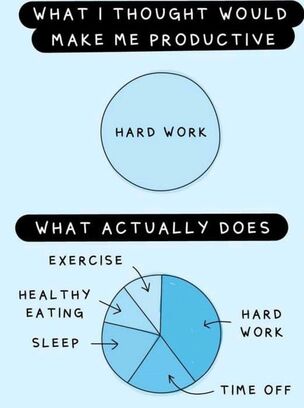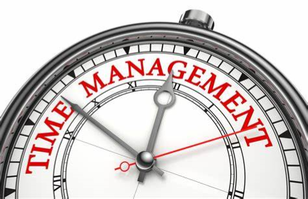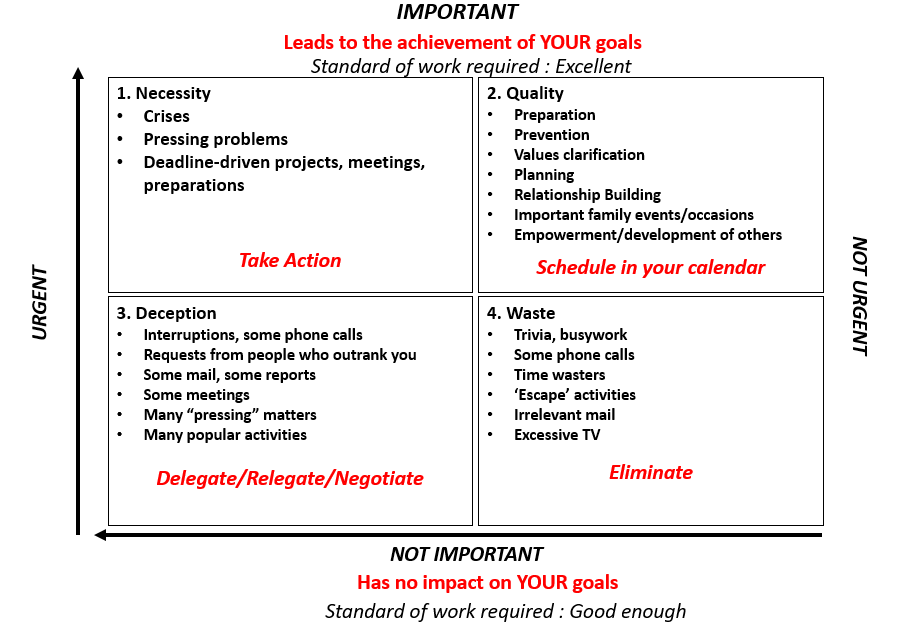
Then last week I just felt sad. My son is stuck in Vietnam unable to work and unable to come home. I can’t do anything to help him except send money (some things don’t change). My mother lives alone in a retirement facility and has been confined to her flat. Furthermore, she has always resisted technology, so she does not even have the benefit of video calls and family chats – and I can’t do anything to help her except call her every day. Dear friends of mine are losing their businesses. Under any other circumstances, I would be providing them with coaching in order to find ways to survive and thrive – but the current circumstances provide almost no wriggle room.
I was kind to myself last week – I allowed myself to be sad. I recognised that I was dealing with a kind of grief – the loss of all that was familiar; the loss of my familiar ways of connecting with clients and prospects; the loss of the ease that had characterised my working life. I reminded myself that it is ok to have a meltdown; I don’t have to be strong every single day; I don’t always have to put a positive spin on things. Sometimes things just suck and it’s ok to feel sad about that.
Then this week came around and I really struggled to find the energy to do what I know I must do. It felt like I was having to dig really deep every single minute of every day – and I really couldn’t find the energy to do so all the time. I took this to my regular session with my Coach Supervisor, Graham. I asked him to just coach me through what was happening to me. I came out of that session with some really powerful insights that might be useful to you.
Graham immediately connected my malaise with my enneagram. I am an 8 – a dominant driver. I make the world manageable and safe by taking charge and being in control. I have broad shoulders and a pretty thick skin; the capacity for a heavy workload and a high work rate; I am adept at figuring out how to respond effectively in almost every situation; I am most comfortable when I am in charge; being in control and having things under control is my happy place. On the flipside, powerlessness makes me feel extremely vulnerable – and 8’s do not like vulnerability at all. It threatens their sense of being capable and effective people. The most frightening place for me is where I cannot figure out an effective way to respond to a difficult situation. I realised from my discussion with Graham that this really is the first time in my life where I have felt utterly powerless. On every other previous occasion where things have been difficult either in business or in life, I have been able to figure out how to take charge and work things out – but I was feeling the vulnerability of simply not having an answer. And in feeling so utterly powerless, I was allowing myself to catastrophise. I remember using some really dramatic language around “this government having its boot very firmly on the neck of the people”, and “if they wanted a Venezuala, then this is just the perfect storm!” This is not like me at all. I am not a conspiracy theorist. Generally I am an optimist. One of my axioms is “Everything works out in the end, and if it hasn’t worked out yet, you haven’t reached the end.”
Having had the insight that my malaise is about powerlessness, the balance of my coaching session was about reframing my current circumstances, and figuring out how to take back some power.
But something else happened in that conversation - I shifted my attention to my clients, who are generally executives and senior managers in large companies. Many of my clients are also enneagram 8’s and I am sure that many of them are having their own struggles with powerlessness. That sense of powerlessness will manifest in different 8s in different ways. Because I work alone and don’t have a team that I need to manage and inspire to get things done, I went into my malaise (and not a little grumpiness). But leaders of teams will often do the complete opposite. They will move into intense activity and “pushiness” in order to salvage the situation and save the day. I have clients who, through lockdown when sales activities had all but come to a halt, were in virtual meetings from 8.00am until 6.00pm. What were they talking about? And with such intensity? The 8s were hustling to wrestle back some control - whether it was control over a team that is working remotely, or control over the inevitable financial crisis that their business faces. Typical behaviours when 8s feel under threat are to dominate, confront, be forceful, impose their will and vision, be brave and forge ahead, no matter what. (But that doesn’t work very well when you work alone!) What gets lost is the open-heartedness and caring that is true of 8s when they are at their best.
I think there are 2 topics here. Firstly, if being in control is your familiar place, what do you need to do to regain a calm sense of personal effectiveness despite the fact that there is so much going on that is outside of your control? Secondly, how should you lead your team so that you create a sense of calm and give them the sense that there are things they can do to exercise at least some influence or power despite the impact of outside circumstances over which they have no control at all.
The starting point is to recognise the vulnerability that you experience because of powerlessness, as well as the negative impact this has on your thoughts and your behaviour. Consider using these questions to help you:
- What am I feeling that is so intensely uncomfortable right now?
- What are the thoughts that have given rise to these feelings?
- How am I showing up / behaving that is directly related to my feelings and thoughts?
- How is this further impacting on my thoughts and feelings?
- How is this impacting on my team members?
Maybe these questions will help:
- Which of your thoughts are true? Which are untrue? And which do you not know ithe truth of?
- In the case of the thoughts that are untrue, what truth is more likely?
- Where you simply don’t know, what alternative assumption would be more helpful?
- What do you need to do every single day in order to “impose order amidst disorder, discipline amidst chaos, and consistency amidst uncertainty” (Jim Collins)?
- What does each of your team members need from you right now? Don’t guess! If you don’t know because they haven’t told you or because you don’t know them really well, then ask!
- How can you help your team members to impose their own order, discipline and consistency? This is probably a coaching or mentoring opportunity?
- How can you inspire your team to be courageous during these times?
If you think anyone else would find this article useful, please share it.











 RSS Feed
RSS Feed


